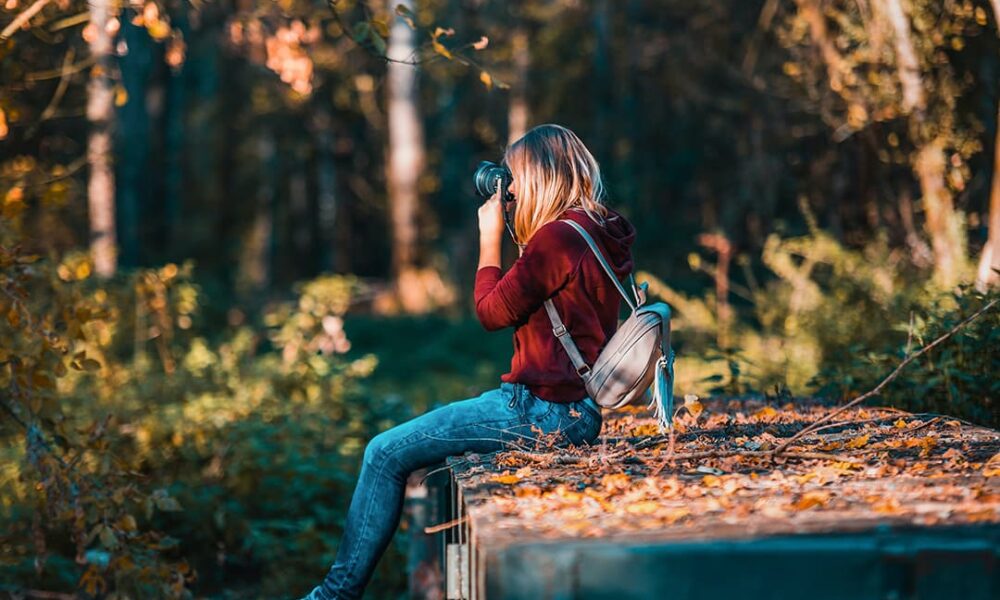When choosing a photographer, a client starts by evaluating his or her portfolio. And he evaluates it according to very specific parameters. Something consciously, something subconsciously.
- The photographer’s psychotype and the aesthetics of the image;
- The quality of the images and the stability of this quality in the portfolio as a whole;
- The photographer’s style.
There are no images that everyone likes. Unless, of course, the image is made at a mint. Many factors affect a person’s visual perception. In particular, temperament. A photographer’s style is also related to his or her psychotype. Some people are better at taking brutal pictures, while others are better at taking delicate ones.
The aesthetics of the images are largely shaped by the trained eye – what images the photographer sees around him or her. If the psychotype and visual experience of the client and the photographer are close, the collaboration is likely to be pleasant and fruitful. Of course, provided that the photographer’s technical skills are good.
Please note that if a client is looking for a family photographer, they are not particularly interested in landscapes in the portfolio. If you shoot in several genres, it makes sense to make a separate portfolio for each genre. We wrote more about genres in photography here.
Aesthetics in photography
The price of your work is largely influenced by the aesthetics of your shots. And we have already said that aesthetics is formed by the trained eye. And it is in your hands, or rather in front of your eyes. Do you know well the works of world-class photographers in your genre? The higher your aesthetic level, the more expensive your work is.
The more money your client has, the more likely they are to travel. They see beautiful architecture, visit museums in Berlin and Paris. Keep up, nowadays you can study painting and art history without leaving home. You will have to spend time on it, but it’s a worthwhile investment.
What shapes a photographer’s style
- Tonality;
- The predominant contrast;
- The predominant color scheme;
- A variety of angles and close-ups;
- Style of photo processing;
- A set of creative techniques.
You don’t need to try to force yourself into a style. On the contrary, the style will form itself based on your experience, trained eye, and technical knowledge. Going beyond the style is interesting, but not always possible. At the same time, don’t forget that a portfolio with a distinct style sells better. But as you grow, your portfolio will gradually change.
What photos to publish in your portfolio
Only the ones you like. If you are in doubt, it means that the photo is not for your portfolio. Perhaps something should be reshot – If you are a perfectionist and you don’t absolutely love all your photos, try to be realistic and look at your photos through the eyes of the client. This is difficult for a perfectionist, but we have no other recipe for this case.
